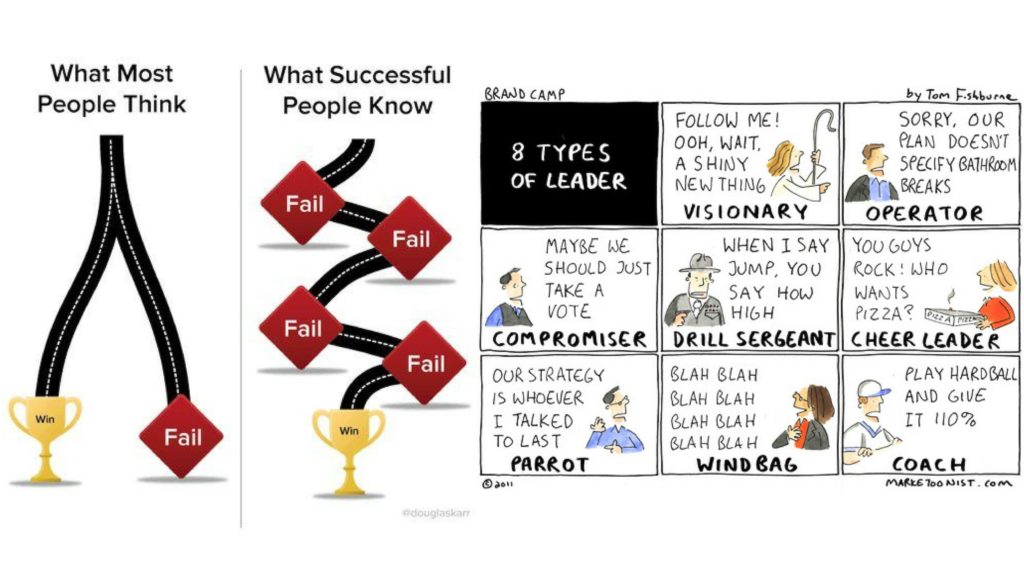Q&A for Creating a Whole-School Approach to Mental Health & Wellbeing

Recently, the webinar for ‘Creating a Whole-School Approach to Mental Health & Wellbeing’ evoked a few important questions about the subject of mental health and getting it right in schools.
Look below for these questions and answers and join the ‘Psychology in the Classroom’ Group for a deeper discussion. Join here.
How do we get everyone on board, as some teachers are really resistant to this change?
The best way to do this is probably to get together a small group of teachers who are on board with the process of embedding mental health and well-being and working with them to encourage other members of staff little by little. The other thing it’s really important is for Leadership and other members of staff to open up about their mental health, this involves sharing stories being open about the fact that they might be having a bad day; about the fact that nobody is perfect. I would highly encourage the school to put together a staff mental health and well-being committee who can go out and get staff voice and who can understand what it is that the staff want exactly.
There are many things that you can do that are to do with staff mental health but don’t actually look like they are, so for those staff who are very resistant you might talk about things like encouraging leaving school on time or reducing workload, training them up about student mental health with the hope that they might understand their own mental health better. The other thing to think about is language – language can be very very off-putting if you start talking about mental health and wellbeing you will get more resistance than if you talk about emotions and feelings – please do listen to my Podcast ‘It’s not about fixing’ with Maff Potts www.changingstatesofmind.com/podcasts.
How do you think time can influence the ecological systems model?
This is a really excellent question and very complicated. Absolutely, over time government systems and educational systems change and these influence the way that an individual is treated within the school and how schools understand and respond to mental health issues. Equally over time the individuals grow and they change their views, and their values change. Then there are cultural shifts within their wider circle outside of school that will influence the school as well so this model is very fluid but within any one context, at any one time you could take the model and it will enable you to make sense of how the well-being of students can be influenced.
How can we embed Mental health through the curriculum?
There are many ways to you in bed mental health through the curriculum it can be quite subtle, it might be a simple as discussing suicide when you’re reading Romeo and Juliet or bullying when you’re reading Wonder. In maths I always encourage people to think about statistics, we use statistics around mental health all the time, why don’t we think about how statistics reflect what is actually happening in the real world and how accurate they might be? In terms of geography we might think about culture and how cultural differences affect the treatment of mental health and create barriers for mental health treatment. The best way to do this is perhaps to spend time during an INset auditing all of the different subjects and thinking about how mental health could be embedded within these. Equally if there is a culture of talking about mental health and being open, this should be happening in the classrooms everyday regardless of subject so things like the way we build relationships in our classroom affects mental health that is something that’s not curriculum-based but it’s a thread that runs through everything we do.
We don’t have the budget to hire a counsellor or buy in resources, how can we implement these changes?
As I mentioned in my talk having good mental health within a school actually will ensure that you save money as you will not be spending money on cover, absenteeism, and presenteeism. Hopefully this would allow you to have the budget for a counsellor. The other thing I think is that if it is a priority money will be found. If you really don’t have any budget and you feel that this is something that is really really important you can think about the cultural changes: the way that you talk about mental health, the way that you engage with the students, the things that you do in the classroom that will encourage positive well-being – this is free. Equally training can be done in-house, most schools will have a SENCo who will have some understanding and I’m sure that there will be teachers who have some understanding what be would be happy to provide some training. There is so much stuff that is free on the internet that really there is no excuse. Equally one might look at the CPD budget and consider how you could train up TAs to be able to provide some support.
How do we deal with staff feeling isolated during these times?
This is a really difficult question to answer and it is something that’s only just starting to appear. Where possible it’s really important to create the opportunity for staff to get together in small groups and within their bubbles. If it’s really not possible to physically be together then try to create online opportunities for people to work together and engage with the struggles that they are having. Again it’s about culture, how can staff say that they’re feeling isolated? Is that acceptable? Are you checking in on the staff? Perhaps create a buddy system where at least there’s one person that the staff checking with everyday, and if possible make sure that the senior leadership is popping their heads around the door and checking everybody is ok.
How do we engage parents?
Again engaging parents needs to be a long-term project: the schools that I’ve worked with have in general set up some sort of parent working party that have been really passionate about this and have brought other parents on board. To start you should gather parent voice, so really listening to what your parents want and what they need is really important. Then it is about effective communication finding as many ways to communicate this as possible – videos seem really popular. You need to be culturally sensitive as some cultures attach a huge amount of stigma to mental ill health. These barriers take time and effort to break down. However once parents become used to attending evening events and understanding that the school has the best interest of their children at their heart then they are more likely to engage. One really great way is having a dedicated person who reaches out to parents, in general it really helps if that person isn’t a teacher because there is a certain power dynamic, so often we find that receptionists and support staff particularly have really good rapport with parents, so think about how you can utilise this.
What challenges have you come across when helping schools embed this approach?
Many of the challenges that I see are already listed above in these questions so engaging parents is one that comes up all the time, financial budgets is something that comes up all the time, and engaging staff is quite problematic. As I said these take time and take effort and so it really requires a number of staff at the school to fully embrace a whole school mental health approach and to push on with it even when it seems like they’re losing the battle because eventually they will win and it is really, really important.
Can you tell us some success stories of give examples of what’s worked really well?
The schools where this has worked well have been where there has there’s a real passion for mental health and well-being and that has been led from the top but the power for change has been given to the whole community, there’s no being ‘done to’. There are usually financial implications so governors need to be on board and they need to be able to finance some of it in some way, shape or form. It needs to be a whole school approach because it looks tokenistic otherwise and people don’t believe in it and they won’t invest in it, hence why yoga and mindfulness is not enough it looks tokenistic it’s ‘being done’ to the teachers rather than them choosing what they want to do and does not acknowledge how they feel they need to be supported. It really does need to be a cultural shift that happens before the other stuff really happens.
Why isn’t weekly yoga and mindfulness classes enough?
As I mentioned above yoga and mindfulness classes are part and parcel of something bigger, on their own they do just look like a tokenistic gesture, so the school can tick a box saying ‘yes, we do mental health and wellbeing’. As a result nobody is invested in it, it’s a nice thing but if you’re at the same time saying we’ve done yoga now we can give you another thing to do or you can stay in school for longer who’s going to believe the school has the mental health and wellbeing of their community at the heart?








Responses